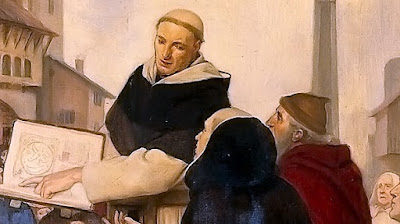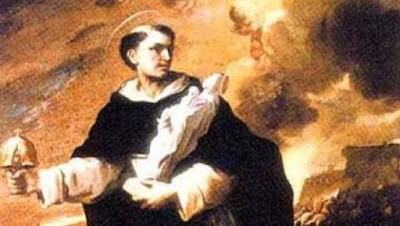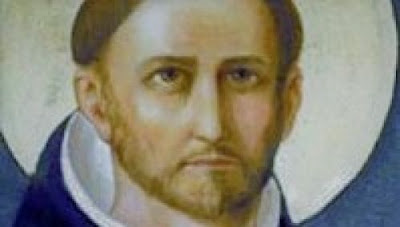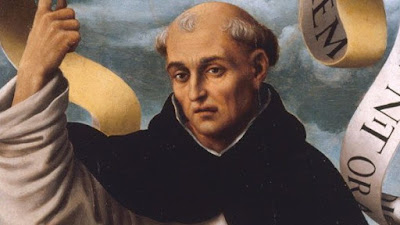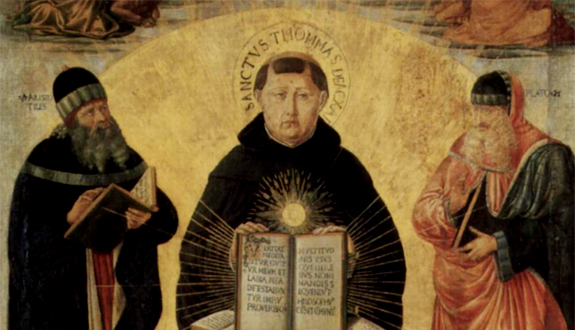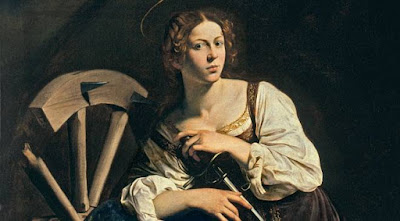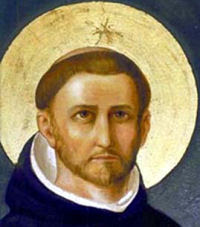St. Raymond of Peñafort, Patron of Canon Lawyers
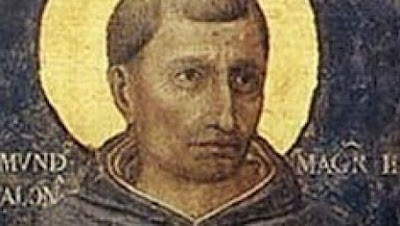
(In 2018, this feast is superseded by the Sunday liturgy.) From 2017: December 7th is the optional memorial of Saint Raymond of Peñafort (1175-1275), a 13th century Dominican priest and theologian who, as a contemporary of Saint Thomas Aquinas, worked to help Christian captives during the period of the Crusades and added greatly to Canon Law, the Church’s legal code. A brilliant evangelist, in his writings, utterances and example, St. Raymond won numerous souls for Christ. Over 10,000 Muslims converted as a result of his efforts. Named the Superior General of the Dominican Order, he retired after only two years due to his advanced age. (Following this, he lived another 35 years during which he skillfully advanced the Good News.) His most notable work, the Summa Casuum , concerns the importance and correct administration of the Sacrament of Penance. He was born into a Spanish noble family, with ties to the royal house of Aragon, at the castle of Pennafort, in the Catalonian reg

